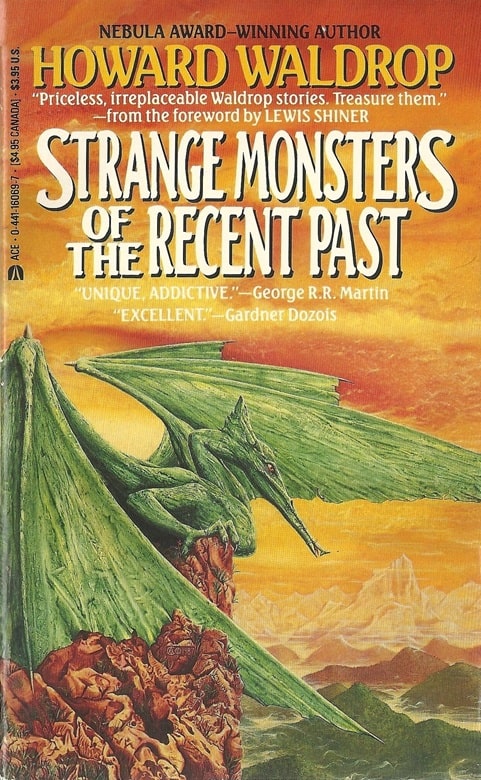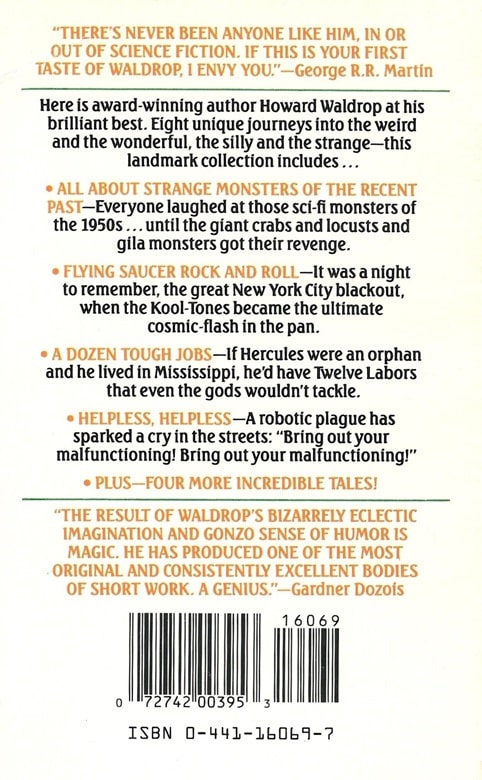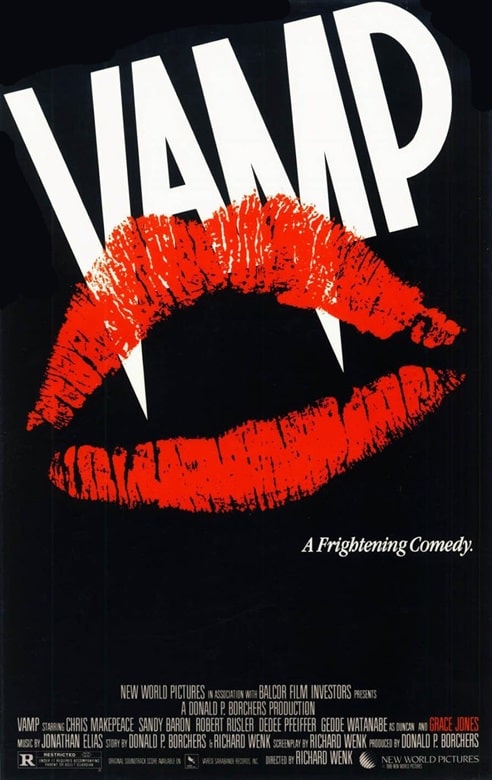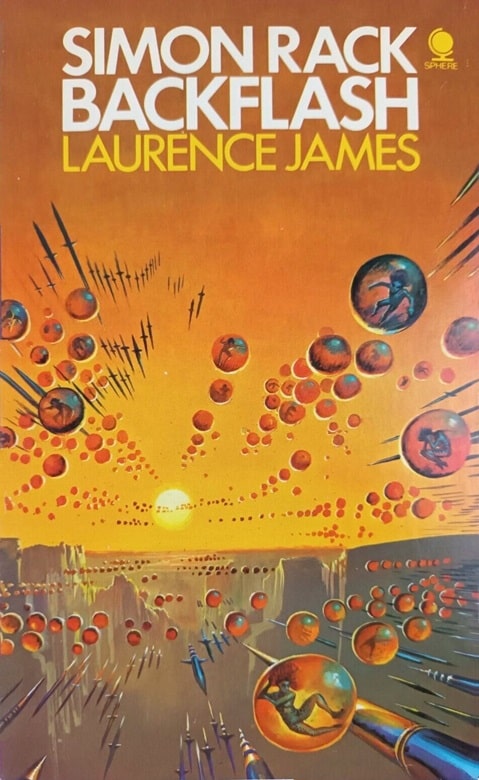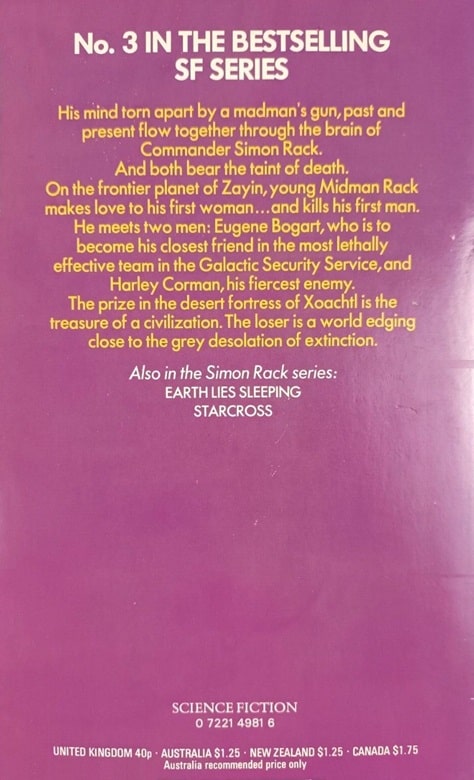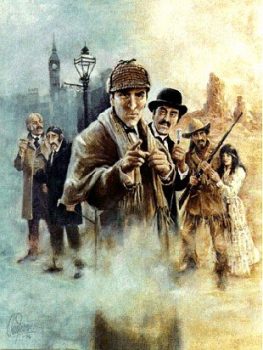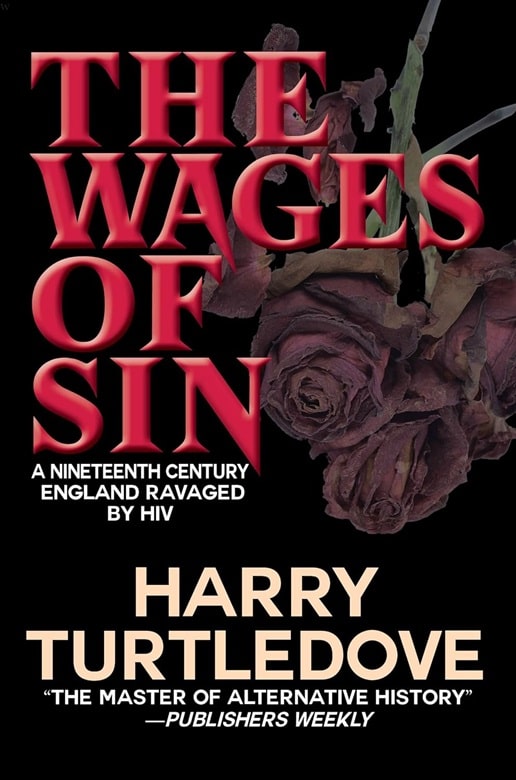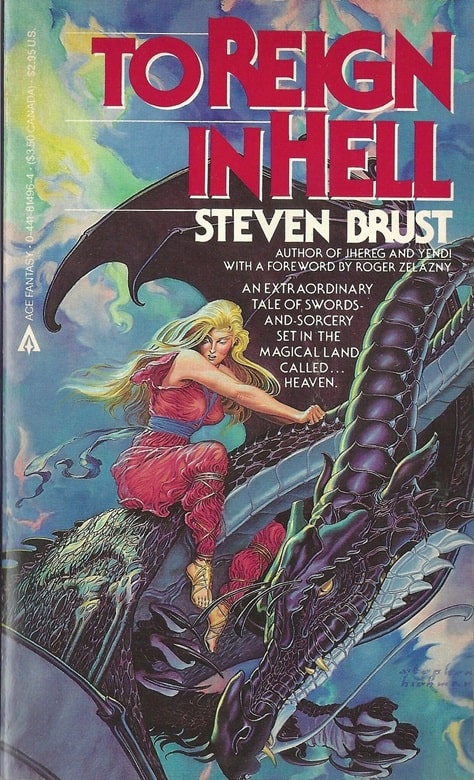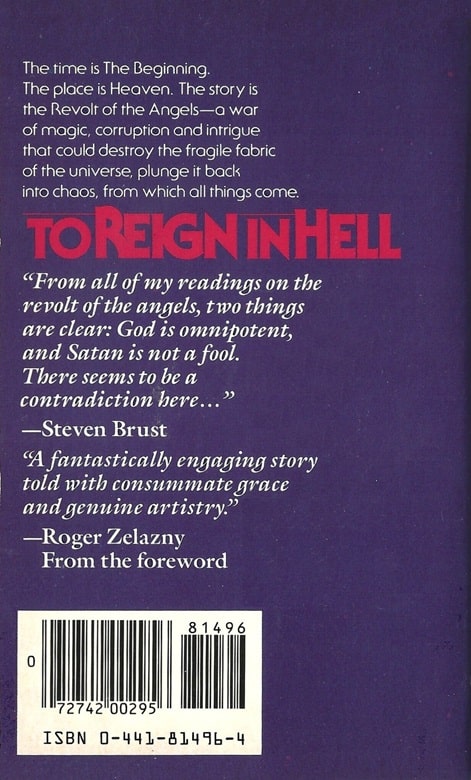Back Among the Kencyrath: “The Gates of Tagmeth” by PC Hodgell
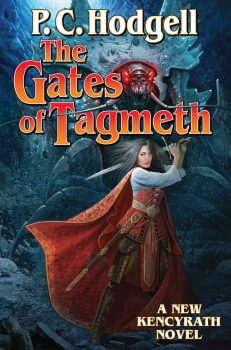 One of the earliest reviews I wrote for Blackgate was of P.C. Hodgell’s 1982 sword & sorcery classic, God Stalk. It’s the story of Jame, a relative innocent at large in the very Lankhmarian city Tai-Tastigon on the world of Rathilien. She’s a High Born, the ruling race of a tripartite race called the Kencyrath (the other two are the Kendar — warriors and artisans — and the Arrin-ken — the lion-like judges of the three races). She’s also a Shanir, a subset of her people gifted — or cursed as most have come to believe — with strange abilities. In her case, it’s retractable claws on her fingers.
One of the earliest reviews I wrote for Blackgate was of P.C. Hodgell’s 1982 sword & sorcery classic, God Stalk. It’s the story of Jame, a relative innocent at large in the very Lankhmarian city Tai-Tastigon on the world of Rathilien. She’s a High Born, the ruling race of a tripartite race called the Kencyrath (the other two are the Kendar — warriors and artisans — and the Arrin-ken — the lion-like judges of the three races). She’s also a Shanir, a subset of her people gifted — or cursed as most have come to believe — with strange abilities. In her case, it’s retractable claws on her fingers.
The Kencyrath have been consecrated by their Three-Faced God to battle Perimal Darkness, a great evil that’s been devouring one world after another in a chain of parallel worlds for millennia. Every time, they’ve failed at their duty, having to retreat to one world or another. As of God Stalk, they’ve been on Rathilien for three thousand years. They escaped there following the Fall, a moment when the High Lord betrayed the Kencyrath and two-thirds were killed, their souls offered up to Perimal Darkness.
After a year in Tai-Tastigon Jame set off into the West in search of her twin brother Torisen and the Kencyrath homeland — well, at least the homeland they took possession of three thousand years ago. Over the following six books, Jame, forever a square peg in a round hole, emerges as a wild card in the political games between the various Kencyrath houses. Unwilling to adopt the cloistered and regulated life of most High Born women, Jame eventually finds herself a candidate in the Kencyrath military officer’s school. Along the way, she learns she is more than likely the prophesied incarnation of the destructive aspect of the Three-Faced God. She also discovers more of the supernatural underpinnings of Rathilien, how the Kencyrath’s arrival disrupted it, and that the final reckoning with Perimal Darkness is near.
